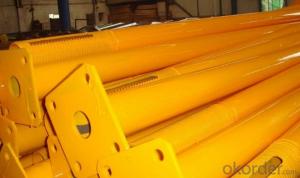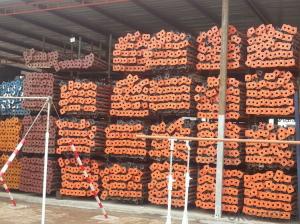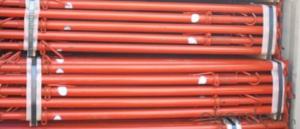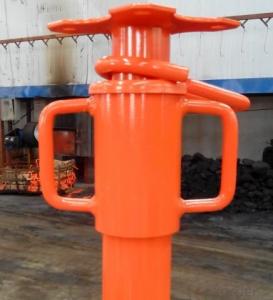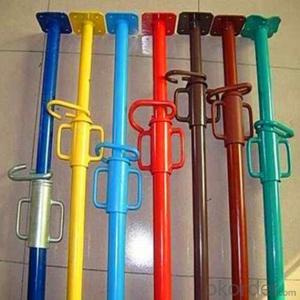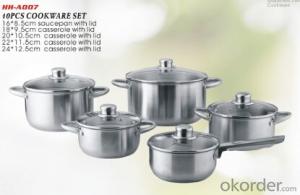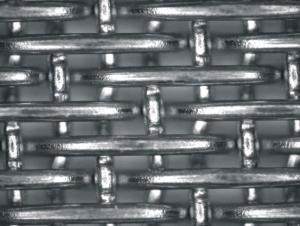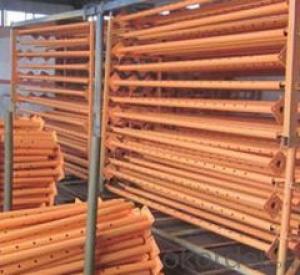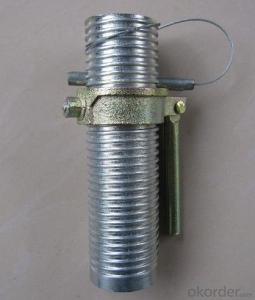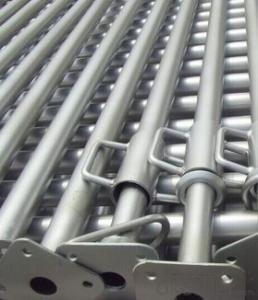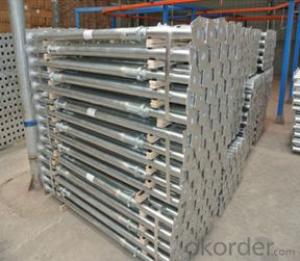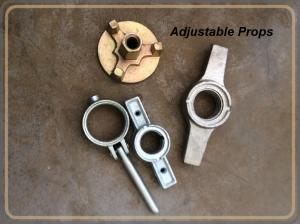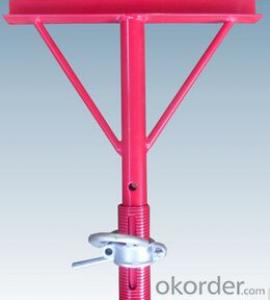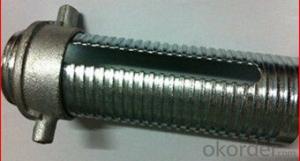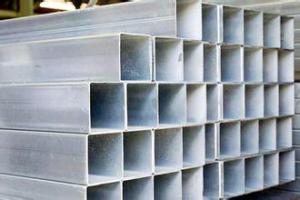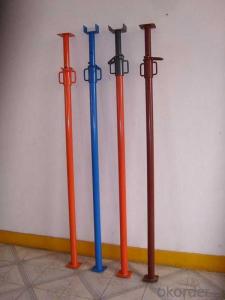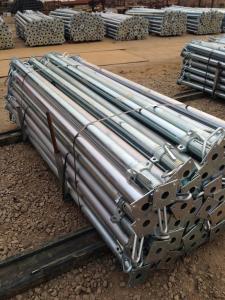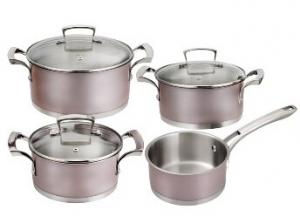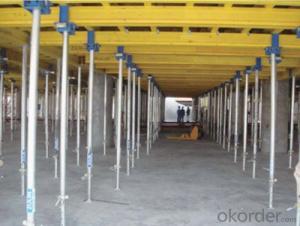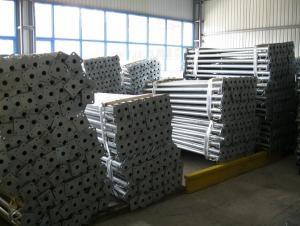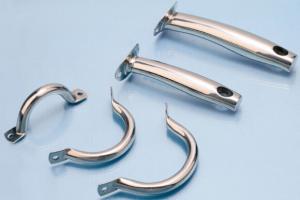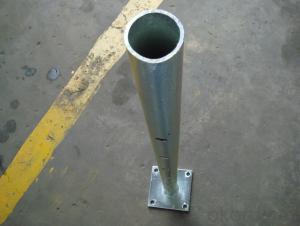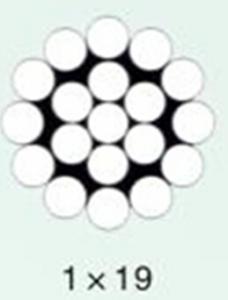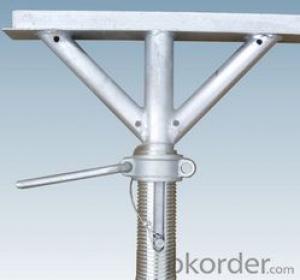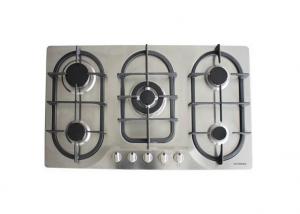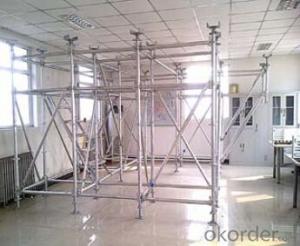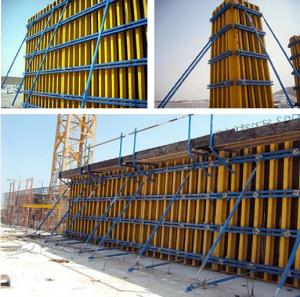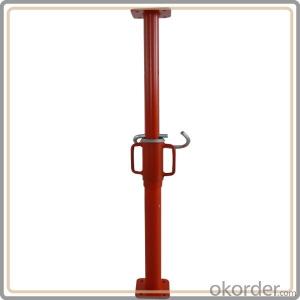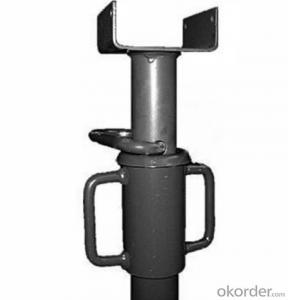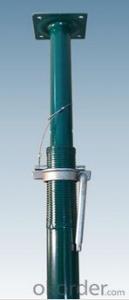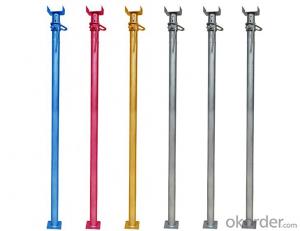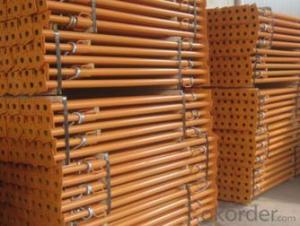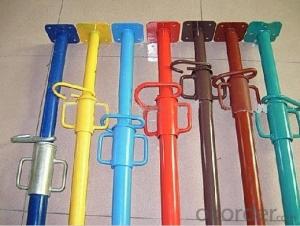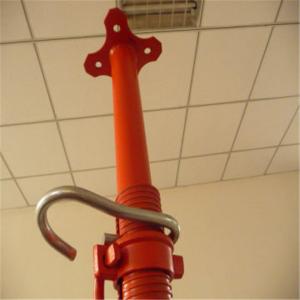High Five Stainless Steel Prop
High Five Stainless Steel Prop Related Searches
Stainless Steel Prop 15 5 Stainless Steel 15-5 Stainless Steel Stainless Steel Top 15 5 Ph Stainless Steel 4 Blade Prop High Performance Boat Props Construction Props Stainless Steel Strap Stainless Steel Hoops 1 4 Stainless Steel Rod 455 Stainless Steel All Clad D5 Stainless Steel 4 Stainless Steel Stainless Steel Counter Tops Stainless Steel Counter Top Stainless Steel Bar Top 1.5 Mm Stainless Steel Rod 4 Stainless Steel Pipe Stainless Steel Post Stainless Steel Fan Stainless Steel Anchors 305 Stainless Steel Stainless Steel Front Door Stainless Steel Cover Stainless Steel 1/2 Rod Ceiling Fan Stainless Steel Stainless Steel Cap Stainless Steel Hardware Stainless Steel StandHigh Five Stainless Steel Prop Supplier & Manufacturer from China
High Five Stainless Steel Prop is a collection of high-quality, durable, and robust stainless steel props designed to provide reliable support in various construction and industrial applications. These props are crafted from premium stainless steel materials, ensuring their strength and longevity, and are available in a range of sizes and configurations to suit specific project requirements.The High Five Stainless Steel Prop is widely used across different industries, including construction, automotive, aerospace, and marine. These props are ideal for supporting structures, stabilizing loads, and providing temporary or permanent support in a variety of scenarios. They are known for their corrosion resistance, making them suitable for both indoor and outdoor use, and their ability to withstand harsh environmental conditions. The versatility of these props allows them to be used in a multitude of applications, from heavy-duty construction projects to delicate restoration work.
Okorder.com is a leading wholesale supplier of High Five Stainless Steel Prop, boasting a vast inventory of these essential props. As a trusted provider in the industry, Okorder.com ensures that customers have access to a comprehensive selection of high-quality stainless steel props at competitive prices. With a commitment to customer satisfaction and a focus on providing exceptional service, Okorder.com is the go-to source for those in need of reliable and durable High Five Stainless Steel Props.
Hot Products
